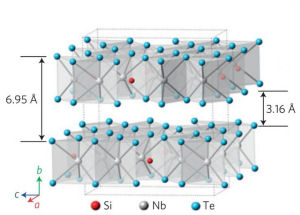
Compared to ordinary X-rays, synchrotron X-rays produce much higher quality images with less radiation, but traditional synchrotron X-ray devices are enormous and costly, available at only a few sites around the world. Now, researchers at the University of Nebraska-Lincoln (UNL) say they have designed a device that uses a compact laser to produce synchrotron X-rays.
The team who invented the device says it could lead to advanced applications in many fields; including high definition security scanning, earlier tumor identification, or the study of extremely fast reactions that occur too rapidly for observation with conventional X-rays.
In traditional synchrotron machines, electrons are accelerated to extremely high energy and then made to change direction periodically, leading them to emit energy at X-ray wavelength.
Pursuing an alternative approach, the UNL team replaced both the electron accelerator and the deflector magnets with laser light. They first focused their laser beam onto a gas jet, creating a beam of relativistic electrons. They then focused another laser beam onto the accelerated electron beam. This rapidly vibrated the electrons, which in turn caused them to emit a bright burst of synchrotron X-rays (referred to as Compton scattering). Remarkably, the light’s photon energy was increased during this process by a million-fold. Impressively, the combined length of the accelerator and synchrotron was less than the size of a coin.
“The X-rays that were previously generated with compact lasers lacked several of the distinguishing characteristics of synchrotron light, such as a relatively pure and tunable color spectrum,” explained researcher Donald Umstadter. “Instead, those X-rays resembled the ‘white light’ emitted by the Sun.”
The new laser-driven device, detailed in the journal Nature Photonics, produces X-rays over a much larger range of photon energies, extending to the energy of nuclear gamma rays. Few conventional synchrotron X-ray sources are capable of producing such high photon energy.
Umstadter compares the X-ray breakthrough to the development of personal computers, giving more people access to computing power once available only via large and costly mainframe computers. “Shrinking components of advanced laser-based technology will increase the feasibility of producing high-quality X-rays in medical and university research laboratories, which in turn could lead to new applications for the X-rays,” he said.
“Our hope is that this new technology will lead to applications that benefit both science and society,” added co-researcher Nathan Powers (pictured).
Related:
Discuss this article in our forum
Photonic molecules behave like light saber, say scientists
Radiation exposure from “dark lightning” quantified
Synthetic magnetism used to control light








Comments are closed.